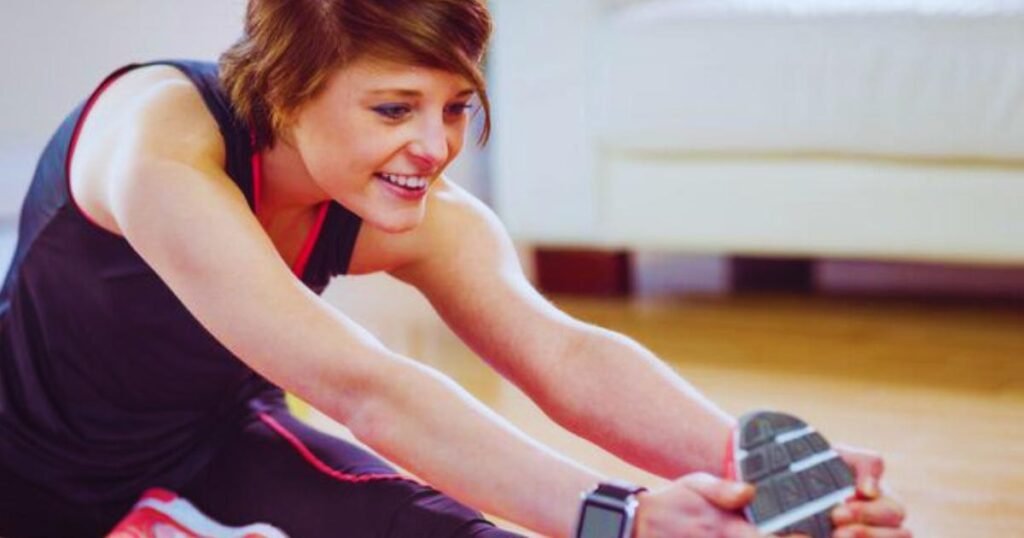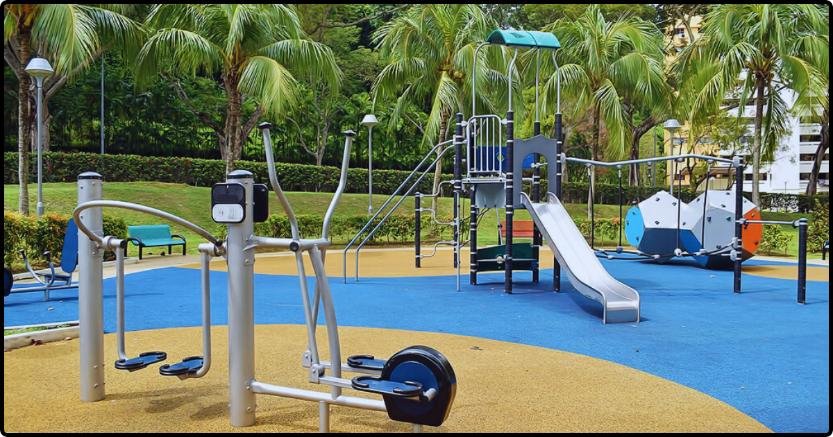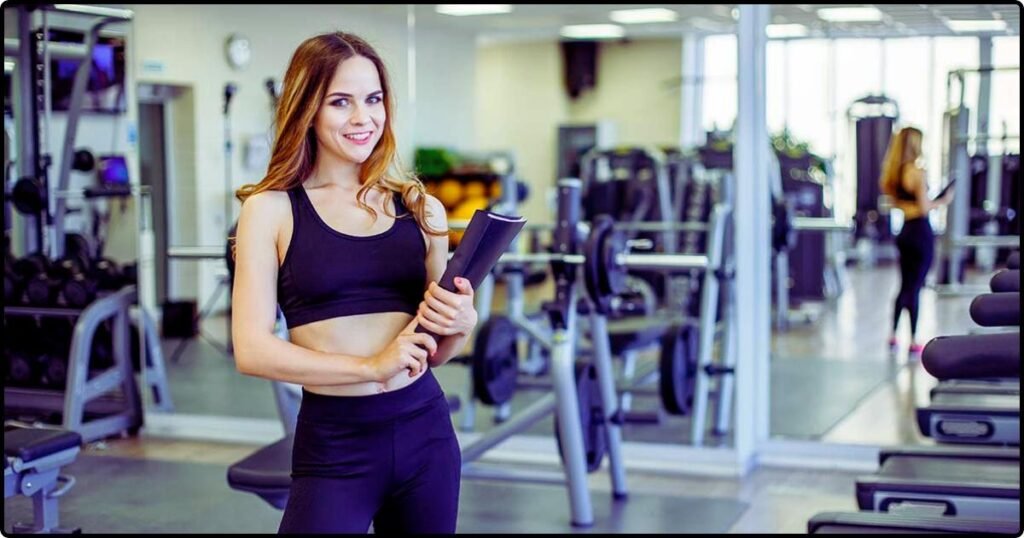Somatic workout: Find a breakthrough method of somatic workout that transcends conventional programs. Combining soft motions with conscious awareness, somatic exercises draw on your body’s natural wisdom to increase flexibility, lower discomfort, and improve general well-being. Focusing on the mind-body connection helps you release persistent tension, improve posture, and move more naturally in your daily life. Somatic exercises are a strong instrument for long-lasting change regardless of your level of performance optimization or physical discomfort relief sought.
Would you like me to go into more detail on any particular element of somatic exercises?
Best 10 Somatic Workout for Beginners

You feel imprisoned in your body? Would you like to migrate more freely? Perhaps just what you need are somatic exercises! These mild workouts wake your body and mind. Let us explore the top 10 somatic exercises ideal for beginners.
What Are Somatic Workouts?
Let’s define somatic exercises before we get right in. These are drills emphasizing your body’s interior sensations. You go gently and consider how it feels. This facilitates the greater coordination of your muscles and brain.
Now, let’s explore the exercises!
1. Cat-Cow Stretch for Somatic Workout
You start on your hands and knees. Breathing in, raise your tailbone and head. Your tummy lowers. The “cow” stance is this one. Then exhaled and rounded your back. Chuck your chin to your chest. The “cat” position is this one. Go slowly backwards and then forwards somatic workout.
The reason this action makes your spine feel wonderful is It wakes your breathing muscles as well.
2. Standing Roll-Down
Somatic Workout: Standing tall with feet hip-width apart will help you. One vertebra at a time, gently slink forward. Let your arms to hang free. Bend your knees a little when you’re completely down. Roll back slowly then, stacking one vertebra at a time.
Why it’s great: This exercise makes your back more flexible. It also helps you feel each part of your spine.
3. Shoulder Circles for Somatic Workout
Get either standing or seated straight. Slink your shoulders forward in large circles slowly. do this several times. Roll them backwards next. Go gradually and feel your joints moving.
Why’s it fantastic? This helps to relax stiff shoulders. If you spend a whole day seated at a desk, it is ideal.
4. Seated Twist
Sit on the floor crossing your legs. Lay your right hand on your left knee. Lay your left hand on the floor behind you. Turn gently left. Breathe through it a few times. Then start on the other side.
Why is it fantastic? This action improves spine health and facilitates digestion. It improves your breathing as well.
5. Knee Fallouts for Somatic workout
The Lay on your back feet flat on the floor and knees bent now. Let your right knee slink to the side gradually. Staying still with your other leg. Bring it up once more. Then perform the left side.
Why it’s great: This works your lower back and hips. Though mild, it works really powerfully.
6. Pelvic Tilts
Lie on your back feet flat and knees bent. Ground your lower back against the floor. We term this a posterior tilt. Then slightly arch your back to create a little gap under your lower back. This presents an anterior tilt. Go slowly backwards and then forwards.
Why is it excellent? This action improves your core. It clarifies also how your pelvis moves.
7. Arm Slides
Bending your knees, lie on your right side. Head your right arm back. Slide your left arm forward along the floor then back. Track the movement of your shoulder blade.
Why it’s fantastic? This facilitates shoulder and arm movement. It improves posture rather nicely.
8. Foot Rolls
Lean back in a chair and have your feet flat on the floor. Under your right foot, place a little ball—like a tennis ball. Roll it around and press into any aches. Change feet either one minute or two apart.
The reason this is fantastic is it wakes your foot nerves. It can improve general foot condition and balance.
9. Head Nods
In a chair, sit straight forwardly. Nodd your head softly in agreement. Then shake it number-wise. Go slowly and feel the motion in your somatic workout neck.
Why is it fantastic? This releases neck pressure. If you look at screens and have a stiff neck, it’s ideal.
10. Body Scan
Slink down in a comfortable stance. Working on your way up, start with your toes. Give every muscle in your body attention. Feel it without trying to alter anything.
This raises bodily awareness, why it’s fantastic. It can enable you to unwind and have better sleep.
How One Should Get Started
Start these slow somatic workout first. Spend some daily minutes doing them. You can accomplish more as your recovery improves. Pay attention to your body and avoid too forceful pushing.
Recall, somatic exercises go beyond just movement. They speak about experiencing the movement. Consider how each workout feels. You will gain most from this.
Success Strategies: Advice
1. should concentrate on their breathing during the exercises. This keeps you right here.
2. Moving slowly increases body awareness and helps you to feel more.
3. Be light; do not compel any motions. Backoff if it hurts.
Try to be consistent; try a bit every day.
5. Keep asking questions about how your body feels both before and after your practice.
The Somatic Exercise Benefits“Soma exercises are meant to strengthen the mind-body connection, which benefits general health and wellbeing,” notes Schauster. “Those who routinely practice somatic movements may also improve their posture, range of motion, balance, and flexibility.”
A 2024 review on somatic exercise as a possible aid for alleviation in persons with chronic pain found, in fact, that its strategies show promise.
The Somatic Stretches and exercises to try
Somatic Workout: Technically, if done extremely softly and with intention, any physical exercise can become somatic, notes Schauster. She adds ancient somatic techniques such yoga, qigong, tai chi, and meditation which combine body and mind. They are somatic since they demand attention on the sensations of the body and motions.
Some somatic exercises are choosing to move your body in any way that feels good to you, emphasizing the inflow and outflow of the breath, noticing how it feels to tense and relax parts of the body, and grounding by feeling the body to be connected to the ground and/or chair.
The Somatic Systems Institute outlines daily somatic essential motions below. Five to fifteen minutes daily should be spent on them.
Lying on your back with knees bent, arch and flatten your lower back, inhale and then exhale as you climb and then descend. As slowly and deliberately as you can, repeat five to ten times—or less.
Lying on your back with legs bent and both hands linked behind your head, raise your head while exhaling and flattening your back. Lower your head and arch your back as you inhale. Repeat five to ten times, or fewer as slowly and deliberately as you can.
Side Curl: Lying on your left side, put your head on your left arm, bend your knees such that your legs are 90 degrees to your body, and then bend 90 degrees at the knees. Placing your hand close to your left ear, reach your right arm across the top of your head.
As you inhale so, slowly lift your right foot towards the ceiling, keeping your knees together. At the same time so, use your right arm to help lift your somatic workout head. Think about rolling the pelvis under the armpit (though this won’t really happen!), concentrating on the muscles of the waist and ribs.
Breathe, then gently drop the foot and head down. Turn over, repeat three to five times (or fewer, doing no more than are comfortable and easy to perform), then repeat on the other side.
Laying on your back with legs bent, roll your arms in opposing directions on the floor, alternating dropping your knees each time to the side of the arm moving along the floor somatic workout.
To complete a spinal twist, turn your head in the direction opposite your knees. Go gently and sloppily to appreciate the simple lengthening. Repeat three to twenty times or less, as deliberately as slowly as you can.
Sit with your right hand on your left shoulder, with both knees bent and facing left, then twist your trunk left three times or less. Holding your trunk immobile at a full left turn, rotate your head three times (or less) to the right.
For the complete spinal twist, turn your trunk and head in opposite directions three times (or fewer). Still keeping your trunk to the left, raise your face to the ceiling and drop your eyes to the floor and vice versa three times, or less. Proceed the same on the other side of your body. Work as deliberately and slowly as you can.
How often to do somatic exercise now
These movements are so mild that one can do daily. The somatic workout Systems Institute advises, in fact, spending five to fifteen minutes daily performing the above movements. In the end, the practice stems from your body listening.
When Somatic Exercise is Risks?
“There is usually less risk involved than with conventional physical exercise since most somatic exercises and practices are gentle and the mover is attuned to sensations in the body,” notes Schauster. “Listening to signals of “that’s enough” or “time to relax” from the body comes simpler.
Having said that, for some especially those who have experienced trauma tuning in to the body can be difficult, emotionally. This is why leading body-oriented work might benefit from the expertise of a reputable Somatic workout practitioner.
Conclusion
Your movement and sensation might change greatly from somatic exercises. They don’t call for any particular tools and are simple to execute in somatic workout. Regularly performing these exercises will help you to increase your flexibility, ease pain, and help you to become more in tune with your body.
Start Somatic workout with the activities that most appeal to you. Try the others as you grow increasingly at ease. Your movement and feeling will change shortly. Keep at it; enjoy the trip toward a more conscious and comfortable body.
Your movement and sensation might change greatly from somatic exercises. They don’t call for any particular tools and are simple to execute. Regularly performing these exercises will help you to increase your flexibility, ease pain, and help you to become more in tune with your body.
Start with the activities that most appeal to you. Try the others as you grow increasingly at ease. Your movement and feeling will change shortly. Keep at it; enjoy the trip toward a more conscious and comfortable body!
FAQ
What is somatic exercise?
Somatic exercises are mindful movement practices that focus on connecting the mind and body. They often involve gentle movements and deep breathing to improve flexibility, balance, and overall well-being.
What are the benefits of somatic workouts?
Improved flexibility: Somatic exercises can help increase your range of motion and reduce stiffness.
Enhanced body awareness: By paying attention to your body’s sensations, you can develop a deeper understanding of your physical self.
Stress reduction: Mindful movement can help calm the nervous system and reduce stress and anxiety.
Better sleep: Somatic practices can promote relaxation and improve sleep quality.
Are somatic workouts suitable for beginners?
Yes, somatic workouts are generally suitable for beginners. They often involve low-impact movements that are easy to learn and modify.
What equipment do I need for somatic workouts?
You don’t need any special equipment for somatic workouts. You can practice them in your own home with comfortable clothing.
What if I have a physical injury?
If you have an injury, it’s important to consult with a healthcare professional before starting any new exercise program. Some somatic exercises may be modified to accommodate your specific needs.
Can I do somatic workouts while pregnant?
Yes, many somatic exercises are safe for pregnant women. However, it’s always a good idea to check with your healthcare provider before starting a new exercise routine.










